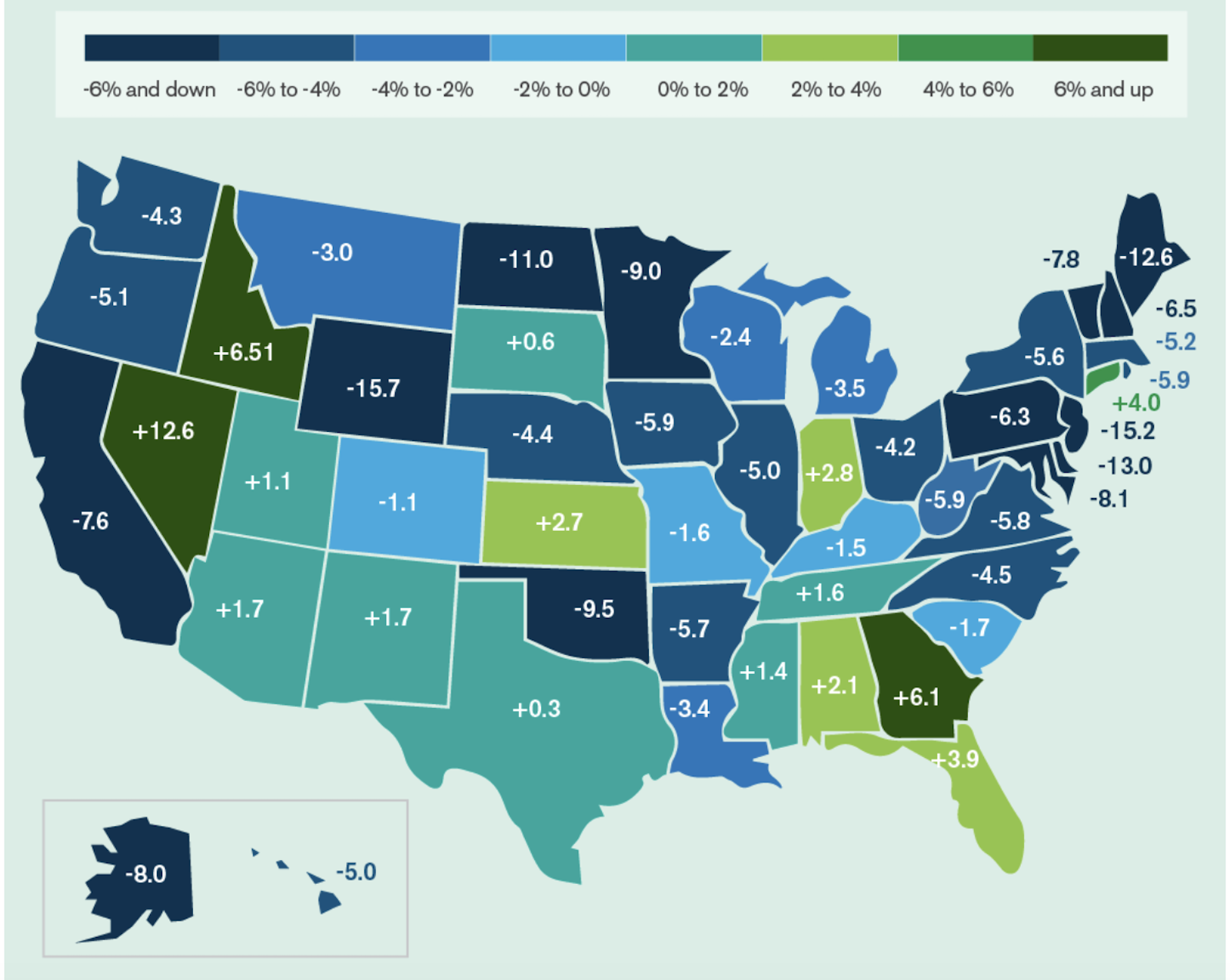3 Easy Ways to Analyze Your Giving Tuesday Results
Whew. The website changes went live as planned; the emails all went out; the donation formed actually worked this year. Congrats!
Now, as you try to take a well-deserved breather before turning your full attention to the end of the year, your boss sends you a short note with one question: "Hey, can you give me a quick assessment of how Giving Tuesday went?"
No rest for the weary!
Here are a few easy ways to answer the question like the hero you are.
# 1: Look At the Long-Term Trend
As I wrote a couple of weeks ago, most trends play out for much longer than one year. This is particularly true in the nonprofit space, where building significant constituent engagement, fundraising results, and mission impact can take years or decades.
So, while it is tempting to simply look at what you raised on Giving Tuesday this year and compare it to last year, I encourage you to look at least a few years back. It's true that the last few years haven't exactly been "normal," but I'd argue that on any time slice, there are always unexpected things in the world that impact results. To account for the impact of COVID and do our best to compare 2023 results with what might be considered a baseline, we have been going back to 2019 and looking at results from 2019 to now.
What trends should you look at? There's no one answer, but there are a few important metrics to start with:
- Revenue over time, which shows you the overall fundraising effectiveness of your Giving Tuesday campaign.
- Number of donors over time, which tells how broadly you are engaging your community.
- Average donation over time – which, at the risk of patronizing you, is just the first divided by the second! This gives you a sense of the average trend in the level of support you have created and can be especially helpful to assess more technical things like changes in your donation page.
Of course, you can go a lot deeper than this, but these three things – or really these two, since the third comes from the first two – can really tell you a lot.
For example, say your revenue has grown over the last few years, but your number of donors is declining. This is going to make your average donation increase. However, it might actually be a trend you want to try to change because it means fewer people are responding to your requests for help. On the other hand, if your average revenue is flat, but your number of donors is growing -- which will result in a decrease in your average donation -- you might actually be encouraged by the overall growth in reach and now focus on increasing the level of your asks.
# 2: Revenue Concentration
The first tip leads to the second, which is to look at the revenue concentration of your Giving Tuesday results. This is just a fancy way of saying, how much revenue came from whom?
The average donation metric we generated above is useful, but it can fool you into thinking everyone gave a similar amount. However, in almost every case, you aren't going to see this. Instead, you're going to see that a few donors contributed a lot, a larger number contributed a medium amount, and most of your donors made very small gifts. In a lot of cases, these trends can be quite striking – in many campaigns, one donor is responsible for half of the overall revenue raised, if not more.
In other words, if you raise $30,000 from 500 people, don't be surprised if you find that you have one $10,000 donor, a couple of $5,000 donors, and hundreds of people who gave you $20.
This is incredibly powerful data to know because it helps you create a map of which constituents are most engaged in your work, not to mention which constituents have the means to support it.
When we work with our clients on revenue concentration, we find it often makes nonprofit professionals uneasy. The idea of some people contributing more than others, not to mention the notion that some donors might merit more thanks than others, runs counter to our engrained notions of egalitarianism and service.
So, just to be clear, the point isn't that some people are more important than others – the point is to understand that some donors contribute more money than others. This may or may not be a good thing. Just like a business that has its revenue highly concentrated in a few customers, nonprofits with revenue highly concentrated in a few donors tend to be highly exposed to the whims of those donors!
Long story short, it helps to know who your donations are coming from.
# 3: Analyze Your Channels and Sources
A third easy way to analyze your results is to look at your channels and sources. For most of the Giving Tuesday campaigns we analyze, digital is basically the only channel. However, there's still a lot of good data here. Did your emails perform better than social? Which emails performed the best? Which social channels generated the most response? Did you have different landing pages, and if so, which performed the best? Did you run Google Ads, and did they create any revenue for you? Did any social buys recoup the investment? And so forth.
Even if you only spend a few minutes looking at basic attribution reports, you may find great data that you would have otherwise missed. For example, we often find that our clients have invested heavily in one social channel because it generates more raw output, but other channels would actually have performed better if they had been allocated a commensurate budget.
A Little Analysis Can Go A Long Way
Okay, this "short post" has already gotten quite long, so I'll wrap it up.
The last thing I'll leave you with is that we've found that, for all the work required to create them, Giving Tuesday campaigns tend to be under-examined simply because by the time they are over, the fundraising team is already sprinting to finish the end-of-year campaign. You don't need to take three days to sift through your Giving Tuesday results, but an hour or two of analysis may really help you finish your fundraising strong.
And, of course, if we can help you analyze your performance or plan for next year, we'd love to. Our coaching and consultation services start at only a few hours, and many sessions can be conducted virtually.
Thanks for the difference you make in the world! I hope your Giving Tuesday was amazing.
Share this
You May Also Like
These Related Stories

A Better Giving Tuesday, Part 3 - Think In Segments

How The Last Recession Changed Charitable Giving



No Comments Yet
Let us know what you think